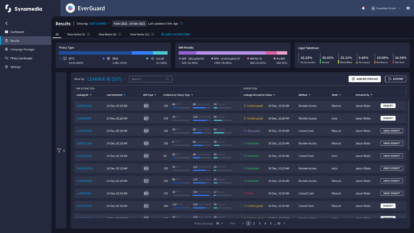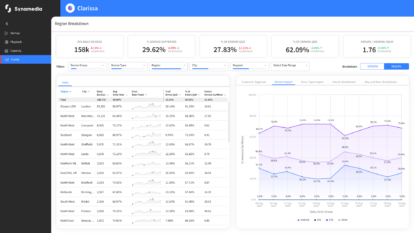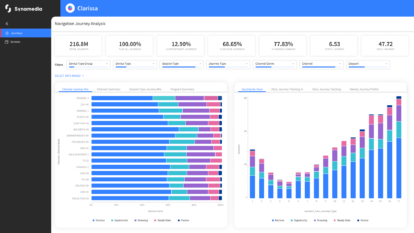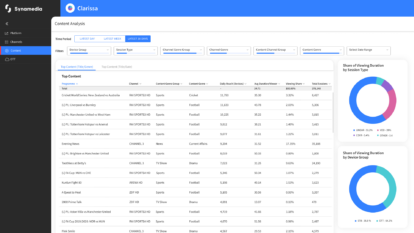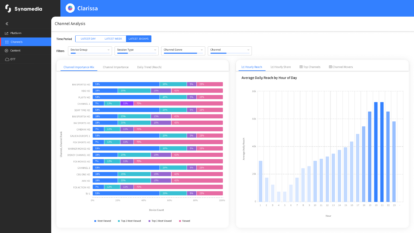The broadcast industry is in the midst of a major shift to IP-based infrastructure, which will offer unprecedented agility, flexibility and efficiency. There are many options for moving video over IP, but these often face bottlenecks related to latency due to bandwidth restrictions and outdated switching and routing equipment.
There’s no question that IP is better for video infrastructure and distribution in many ways – the main challenge now is identifying and rolling out the most effective path for the transition that will enable seamless interoperability.
Enter SMPTE 2110, an IP standard designed to deliver more flexible workflows than the industry has seen to date. Today, compressing video and audio files in production environments is known to lead to critical losses in quality. But have no fear, SMPTE 2110 is designed to turn that reality into a concept of the past.
Benefits of SMPTE 2110 uncompressed video
With the new standard, broadcasters can take advantage of IP-based routing of individual uncompressed video, audio and metadata essences in media processing and production facilities leveraging 2110 encapsulators. This distributed production approach and separated routing ability will increase resource flexibility for broadcasters – including essence production flows that are not co-located. As long as broadcasters are equipped with the right network infrastructure, they can produce and deliver more content with more efficiency and at a higher quality.
Here at Synamedia, we understand the importance of comprehensive support for the whole suite of protocols to achieve optimal performance. We are a one-stop-shop for all distribution workflows in a SMPTE 2110 IP-based infrastructure with the winning combination of our virtualized Digital Content Manager (DCM) and Media Edge Gateway (MEG).
As an extension of Synamedia’s Video Network Cloud solution – the first to offer glass-to-glass video network functionality on any public or private cloud –, the MEG supports the creation of application-specific edge gateways including a SMPTE 2110 decoder as an on-prem, cornerstone reception point.
Associated SMPTE 2110 Benefits
Our customers are already experiencing the benefits of upgrading to the latest suite of standards for their IP transitions using our solutions, and are looking forward to additional capabilities such as 4K and Networked Media Open Specification (NMOS) support in conjunction with SMPTE 2110. UHD support poses a notable bandwidth challenge because it requires ingesting and processing up to 12 Gbps in real-time, and we are overcoming this hurdle with our processing-optimized solution. Additionally, support for NMOS will enable automatic registration and discovery of all 2110 transmitters and receivers, and provide a means of connection management for expanded network capabilities.
Read more about how we’re helping our customers transition to the latest SMPTE 2110 suite of standards in our press release on our work with CBC/Radio-Canada and their move from SDI to IP-based infrastructure.
This blog is part of our series of Compression Coffee Break posts – aimed to provide you with small “snacks” of information about the benefits of compression and other video distribution, delivery and processing, along with the industry challenges they will help overcome. Keep an eye out on our blog for more – we promise delays will be minimal, just like watching live sports events powered by our technology.
About the Author
Jovo Miskin is a Senior Engineering Manager with 25 years of experience in the media processing industry. He specializes in bleeding edge technologies like SMPTE ST2022-6/7, SMPTE ST2110, ATSC1/3.0, Digital Program Insertion, Linear Stream Switch and many others. Jovo played a significant role in architecting various Synamedia flagship products as part of the video network innovation incubator team.
Jovo holds a B.S. in Electrical Engineering from the Faculty of Technical Science, University of Novi Sad, Serbia.
